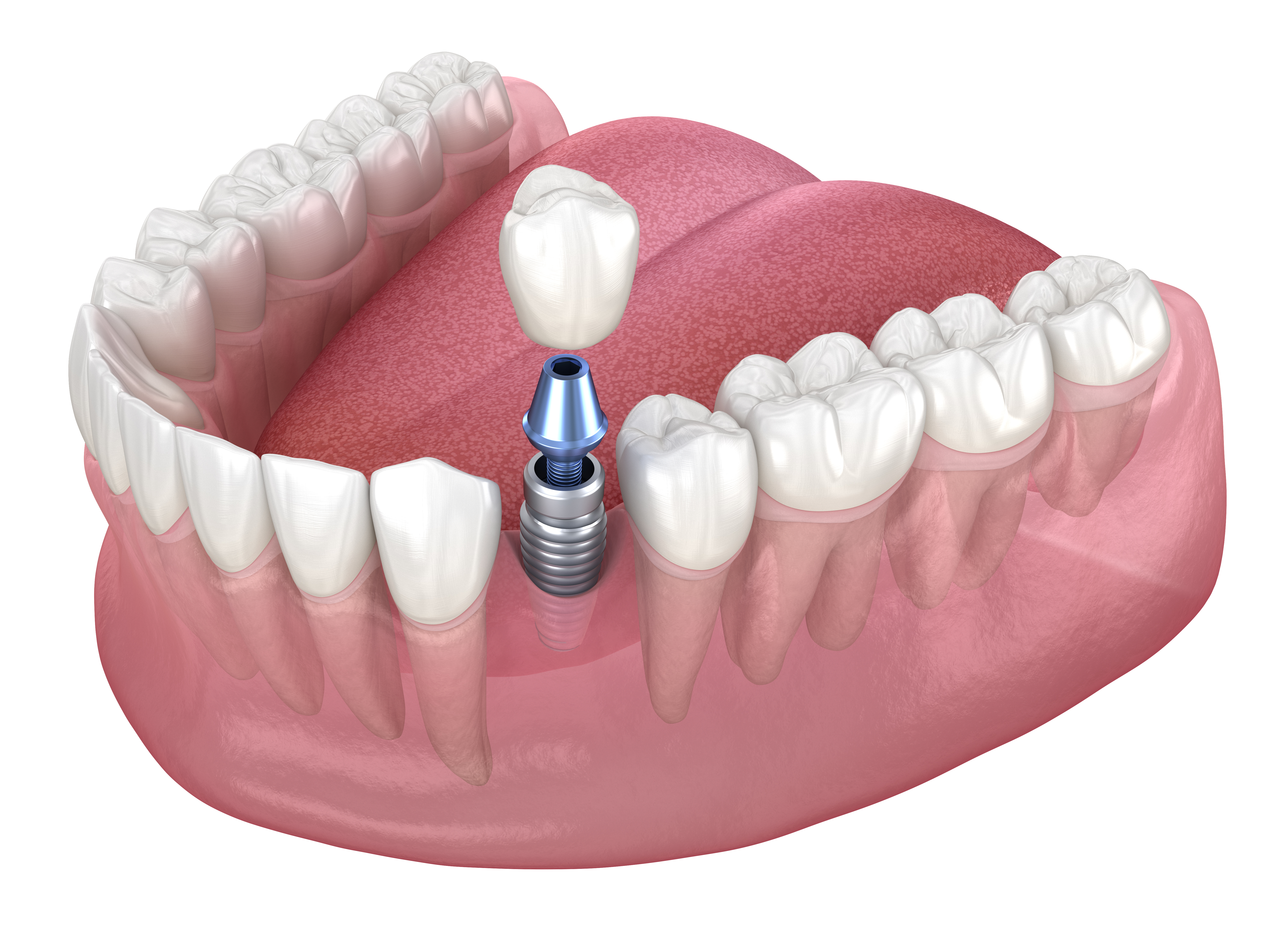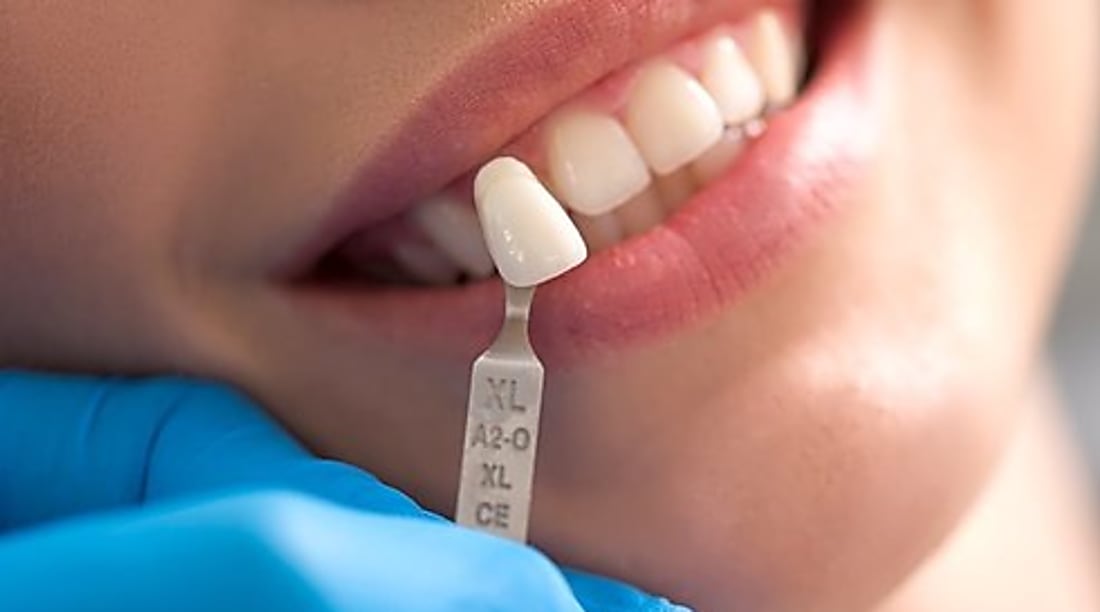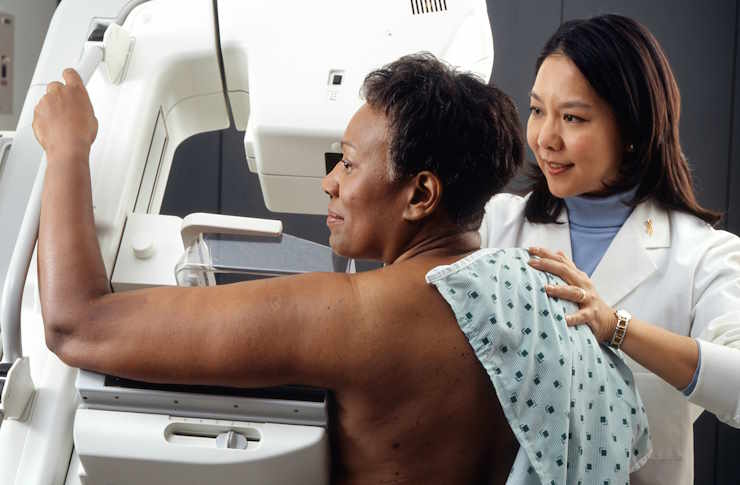Considering Dental Implants? Here’s What to Know About Screwless Options
Dental implants have continued to evolve, offering patients more options to restore their smile and oral function. Screwless implants are one of the latest solutions gaining attention in the US. They are designed to reduce the reliance on bulky hardware while providing a stable and natural-looking result. Patients considering dental restoration may find screwless implants to be a comfortable, efficient, and reliable alternative to traditional methods — with costs that are comparable and transparent.

What Makes Screwless Implants Different?
Screwless dental implants represent a significant departure from conventional implant designs. Traditional implants typically involve three components: the titanium post that integrates with the jawbone, an abutment attached to the post with a screw, and the final crown. Screwless systems, however, use alternative connection mechanisms such as friction-fit, snap-on attachments, or magnetic connections to secure the restoration.
The most notable difference lies in how the prosthetic tooth attaches to the implant base. Rather than using a screw channel that runs through the crown, screwless systems employ connections that eliminate this channel entirely. This design modification addresses several limitations of traditional systems, particularly for front teeth where screw access holes can compromise aesthetics. Additionally, screwless designs often allow for easier retrieval of the restoration if maintenance or replacement becomes necessary, without damaging the underlying components.
Understanding the Costs of Screwless Dental Implants
Screwless dental implants generally command a premium price compared to their traditional counterparts due to their specialized technology and materials. The overall cost depends on several factors including the specific system used, geographical location, dentist expertise, and whether additional procedures like bone grafts are required.
On average, patients can expect to pay between $3,000 and $6,000 per tooth for screwless implants, compared to $2,500 to $4,500 for traditional screw-retained options. This price typically includes the implant, abutment, crown, and the surgical procedure. However, additional costs may arise from preliminary treatments, imaging, anesthesia, and follow-up appointments.
| Implant Type | Average Cost Per Tooth | Advantages | Potential Additional Costs |
|---|---|---|---|
| Traditional Screw-Retained | $2,500 - $4,500 | Well-established technology, Widely available | Potential screw loosening repairs ($200-$500) |
| Screwless Systems | $3,000 - $6,000 | Better aesthetics, Easier maintenance | Specialized components if replacement needed |
| Magnetic Attachment Systems | $3,500 - $6,500 | Easy removal for cleaning, Good for patients with dexterity issues | Magnet replacement over time ($300-$600) |
Prices, rates, or cost estimates mentioned in this article are based on the latest available information but may change over time. Independent research is advised before making financial decisions.
Is a Screwless Implant Right for You?
Determining whether screwless implants are suitable for your specific situation requires consideration of several factors. These systems are particularly beneficial for front teeth where aesthetics are paramount, as they eliminate the dark spot that can sometimes show through with screw-access channels. Patients with thin gum tissues may especially benefit from this advantage.
Screwless options may also be appropriate for individuals who have experienced screw loosening with traditional implants, as they eliminate this potential complication. However, they’re not universally ideal. Patients with limited interocclusal space (the gap between upper and lower teeth when biting down) may not have sufficient room to accommodate certain screwless mechanisms. Similarly, those with severe bruxism (teeth grinding) might place too much stress on some screwless connections.
Your dentist will assess factors such as bone quality and quantity, gum health, bite forces, and aesthetic expectations to determine if screwless systems align with your needs. This evaluation often includes 3D imaging to precisely plan implant placement and ensure the chosen system will provide optimal results in your specific anatomical situation.
Comfort and Functionality of Screwless Systems
Screwless dental implants offer distinct comfort advantages that many patients appreciate. Without a screw channel penetrating the crown, these implants distribute bite forces more evenly throughout the restoration and underlying bone. This biomechanical advantage can potentially reduce the risk of porcelain fractures and improve long-term comfort.
The absence of screws also eliminates potential issues like screw loosening or fracture, which can cause discomfort or restoration failure with traditional systems. From a functionality perspective, screwless implants perform comparably to natural teeth, allowing patients to eat, speak, and smile with confidence. The secure connection methods used in these systems typically provide excellent stability without the need for periodic screw tightening.
Many screwless designs also feature shock-absorbing elements that mimic the natural periodontal ligament surrounding teeth. This subtle cushioning effect can make the biting experience feel more natural compared to rigid screw-retained implants. For patients with multiple implants, this improved comfort can significantly enhance their overall quality of life and satisfaction with the treatment outcome.
Long-Term Maintenance Considerations
Maintaining screwless dental implants often proves less complicated than caring for traditional screw-retained systems. Without access channels that can collect debris or become sites for bacterial colonization, screwless implants may be easier to clean effectively at home. Additionally, if professional maintenance or replacement becomes necessary, many screwless systems allow for easier retrieval of the prosthetic component without disturbing the implant-bone interface.
Regular dental check-ups remain essential for monitoring implant health, regardless of the type chosen. Your dentist will typically recommend professional cleanings every 3-6 months and periodic evaluations of implant stability and tissue health. With proper care, both traditional and screwless implants can provide decades of service, with success rates exceeding 95% over ten years.
This article is for informational purposes only and should not be considered medical advice. Please consult a qualified healthcare professional for personalized guidance and treatment.




